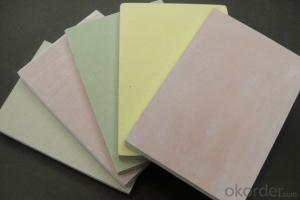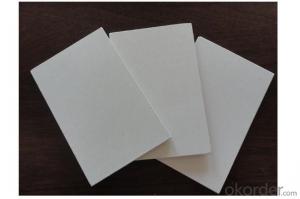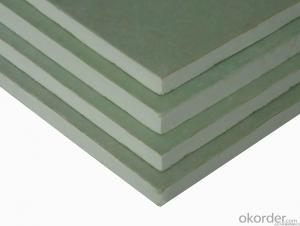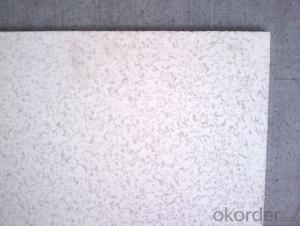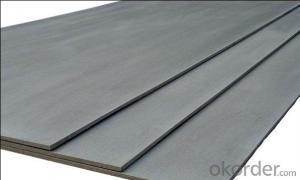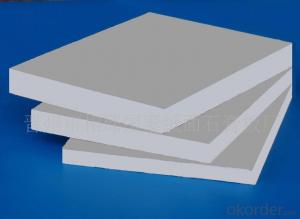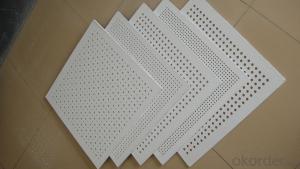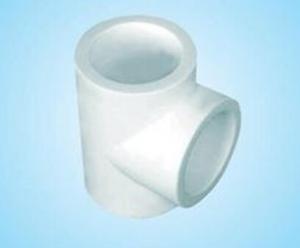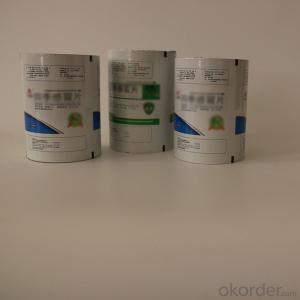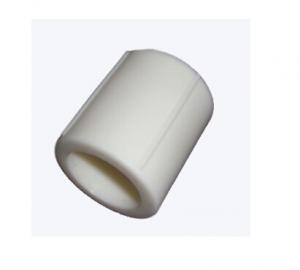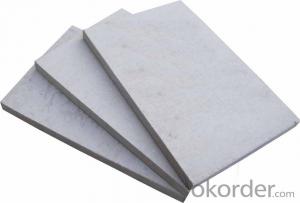Stainless Steel Quality
Stainless Steel Quality Related Searches
Best Paint For Stainless Steel Paint For Galvanized Steel Steel Frames For Furniture Self Tapping Screws For Steel Surface Grinding Wheels For Hardened Steel Hole Saw For Stainless Steel Paint For Stainless Steel Stainless Steel For Bbq Step Bit For Stainless Steel Sponge For Stainless SteelHot Searches
Steel Mesh Panels For Sale Price For Stainless Steel Scrap Scrap Price For Stainless Steel Price For Stainless Steel Stainless Steel Tank For Sale Stainless Steel Sheets For Sale Cheap High Tea Sets For Sale Stainless Steel Tanks For Sale Stainless Steel For Sale High Density Fiberboard For Sale Solar Hot Water Collectors For Sale Scaffolding For Sale In Uae Scaffolding For Sale In Ireland Scaffolding For Sale In Houston Type Of Inverter For Solar Price Of Shipping Containers For Sale Types Of Inverter For Solar Stock Price For Aluminum Used Solar Inverter For Sale Cheap High Tea Sets For SaleStainless Steel Quality Supplier & Manufacturer from China
Okorder.com is a professional Stainless Steel Quality supplier & manufacturer, offers integrated one-stop services including real-time quoting and online cargo tracking. We are funded by CNBM Group, a Fortune 500 enterprise and the largest Stainless Steel Quality firm in China.Hot Products
FAQ
- The cost considerations for stainless steel pipes include the initial purchase price, installation costs, maintenance expenses, and potential long-term savings due to their durability and corrosion resistance. Additionally, factors such as the grade, size, and quantity of pipes needed and any additional fabrication or customization requirements can also impact the overall cost.
- Hot rolled stainless steel pipes are made by heating a solid steel billet or ingot to a high temperature and then rolling it into the desired shape and size. This process results in a rougher surface finish and a larger grain structure, which can make the pipe more prone to corrosion. However, hot rolled pipes are generally cheaper and easier to produce in large quantities. On the other hand, cold drawn stainless steel pipes are made by pulling a solid steel billet or bar through a die at room temperature. This process results in a smoother surface finish and a smaller grain structure, which improves the pipe's resistance to corrosion. Cold drawn pipes are typically more expensive and require more time and effort to produce, but they offer higher quality and better performance in various applications. In summary, the main difference between hot rolled and cold drawn stainless steel pipes lies in the manufacturing process and the resulting surface finish and grain structure. Hot rolled pipes are cheaper and easier to produce but may be more susceptible to corrosion, while cold drawn pipes are more expensive and time-consuming to manufacture but offer superior corrosion resistance and overall quality.
- Yes, stainless steel pipes can be coated with PTFE (polytetrafluoroethylene) to improve their corrosion resistance, reduce friction, and provide a nonstick surface. The PTFE coating creates a protective barrier on the stainless steel, making it suitable for various applications in industries such as chemical processing, food processing, and pharmaceuticals.
- Yes, stainless steel pipes can be used in the construction industry. Stainless steel offers many advantages, making it a preferred choice for various construction applications. Firstly, stainless steel pipes have excellent corrosion resistance, which is essential in construction projects that involve exposure to moisture, chemicals, or extreme weather conditions. This resistance to corrosion ensures the longevity and durability of the pipes, reducing maintenance and replacement costs. Furthermore, stainless steel pipes have high strength and impact resistance, making them suitable for structural applications in buildings, bridges, and other construction projects. Their strength allows for the transportation of fluids and gases under high pressure, making them ideal for plumbing and HVAC systems. Stainless steel pipes are also highly hygienic and resistant to bacteria growth, making them suitable for applications in the food and beverage industry, hospitals, and laboratories. They are easy to clean and maintain, ensuring the safety and purity of the transported materials. Additionally, stainless steel pipes have aesthetic appeal, as they can be polished to a high shine or finished in various colors, making them suitable for architectural purposes. They can be used for handrails, staircases, exterior cladding, and other decorative elements in buildings. Overall, stainless steel pipes are versatile, durable, and corrosion-resistant, making them an excellent choice for the construction industry.
- Are stainless steel pipelines buried in need of corrosion protection?
- Pipeline buried environment factors: underground laying requirements of 3, one is corrosion protection, two is elevation, slope, and three is density. If it is electrochemical reaction, the design should have technical instructions or preventive measures.
- There are several different grades of stainless steel pipes, including 304, 316, 321, and 410. Each grade has its own unique properties and is used for specific applications based on factors such as corrosion resistance, strength, and temperature resistance.
- Due to the presence of chromium in their composition, stainless steel pipes possess excellent corrosion resistance. The chromium in these pipes undergoes a reaction with oxygen in the atmosphere, resulting in the formation of a thin layer of chromium oxide on the pipe's surface. This layer of oxide acts as a protective barrier, effectively preventing further oxidation and corrosion of the underlying metal. Moreover, stainless steel pipes often incorporate other elements such as nickel and molybdenum, which further bolster their resistance against corrosion. Consequently, stainless steel pipes exhibit remarkable resistance to rust, pitting, and other forms of corrosion, rendering them suitable for a wide array of applications in diverse industries, including plumbing, oil and gas, chemical processing, and marine environments.
- Yes, stainless steel pipes can be used for high-temperature applications. Stainless steel has excellent heat resistance properties, making it suitable for conveying hot fluids or gases. It can withstand high temperatures without losing its strength and durability, making it a reliable choice for various industrial, commercial, and residential applications that involve high-temperature environments.



